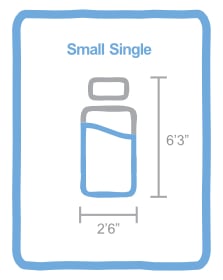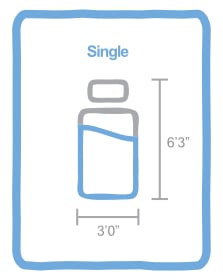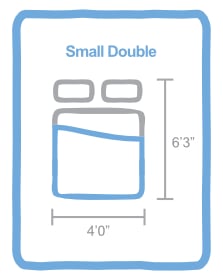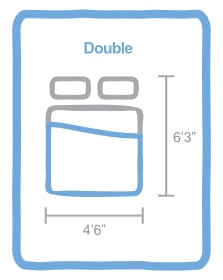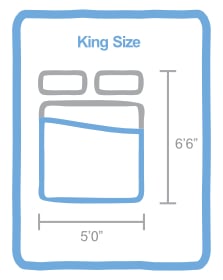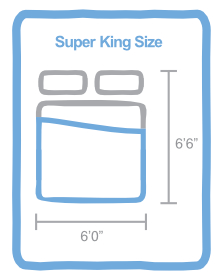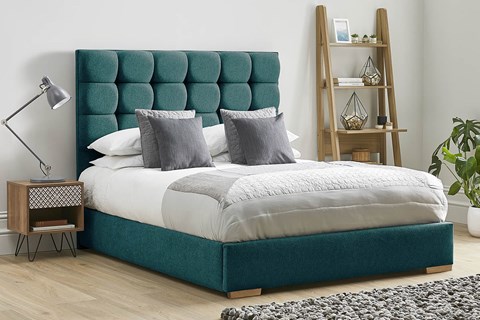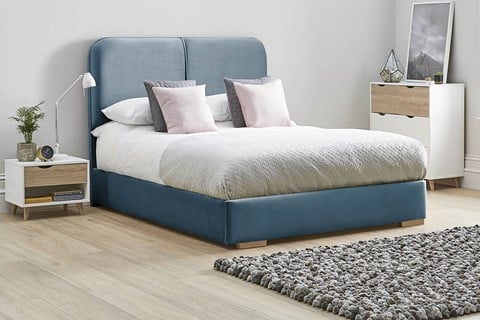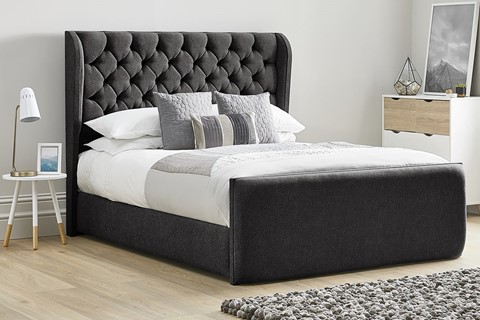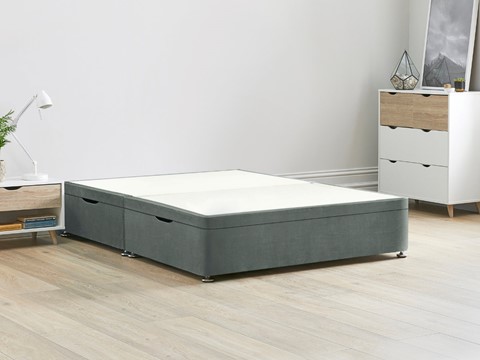UK Bed Sizes: The Bed And Mattress Size Guide
So you’re buying a new bed or mattress, but you’re not sure about what the different bed sizes are. "Is there a standard size?" "Do I have to buy my bed frame and mattress at the same time?" "How big are king size bed dimensions compared to a standard double?" "Will a double bed fit in my bedroom?"
It’s enough to stress anyone out, which is why we thought we’d put together this quick-reference guide to help you out.
In the UK, bed sizes are measured according to the size of the mattress they hold, which is a standard measurement. However, the actual dimensions of the bed frames can vary according to their shape and style, which is what can often cause confusion. A common mistake is to use the mattress size measurements for the required space, but you should always look at individual bed frame dimensions for exact measurements, as they will vary from frame to frame, and almost always be slightly larger than the mattress dimensions.
Most modern beds/mattresses sold in the UK (and Ireland) are constructed using imperial dimensions but are generally sold in their approximate metric equivalents:

